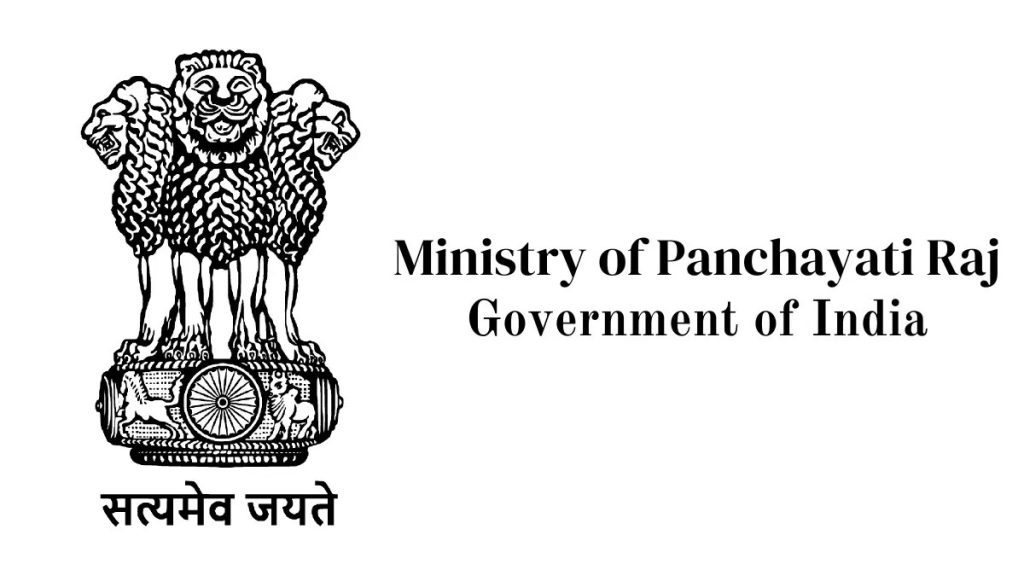1. Most stampedes in India occur frequently despite the existence of NDMA guidelines and the National Building Code. Examine the systemic gaps in crowd management and suggest measures to ensure safety during mass congregational events.
| Syllabus: General Studies – III: Disaster Management – Types of disasters, mitigation, and management. |
IN NEWS: Depressing pattern: On the Srikakulam stampede – Any gap between guidance and practice can cause a crowd crush
Stampedes are sudden crowd-induced disasters causing injury or death. Nearly 80% of stampedes in India occur during religious gatherings or pilgrimages, despite the existence of NDMA (2014) guidelines and National Building Code provisions for crowd safety.
Systemic Gaps:
- Inadequate Infrastructure: Single entry-exit points, under-construction areas, and temporary barricades without certified load ratings increase risk.
- Weak Planning & Supervision: Licensing often ignores crowd safety compliance; capacity is estimated from available space, not evacuation time or egress options.
- Poor Enforcement: Guidelines exist but are rarely enforced; bidirectional flows and overcrowding persist.
- Cultural & Administrative Challenges: Religious events are treated as informal gatherings rather than engineered systems requiring licensing and auditing.
Suggested Measures:
- Infrastructure & Planning: Separate entry/exit gates, safe circulation pathways, certified temporary structures, and calculated occupancy limits.
- Regulation & Enforcement: Make licensing mandatory with safety compliance; strictly implement NDMA and NBC guidelines.
- Technology & Training: Use real-time crowd monitoring (CCTV, drones) and train stewards in density management and emergency response.
- Policy & Awareness: Treat mass congregations as engineered events; raise public awareness on safe behavior.
Stampedes are preventable if guidance translates into enforced practice. A combination of robust infrastructure, strict enforcement, technology, trained personnel, and a proactive policy culture is essential to ensure safety during mass gatherings.
| PYQ REFERENCE (2020) Q. “Disasters in India are often man-made and preventable. Critically examine.” |
2. Gram Sabha is central to India’s participatory democracy, but its potential is underutilized. Examine the reasons for low participation and how initiatives like the Model Youth Gram Sabha can promote grassroots leadership, civic responsibility, and effective local governance.
| Syllabus: General Studies – II: Important Aspects of Governance, Transparency and Accountability |
IN NEWS: The vision of Model Youth Gram Sabhas – If the Model United Nations cultivates global citizenship, the Model Youth Gram Sabha can nurture civic pride and local leadership
Gram Sabha, comprising all registered voters in a village, is the foundation of India’s participatory democracy under Article 243A of the Constitution (73rd Amendment). It empowers citizens to deliberate on budgets, development plans, and local governance, fostering transparency, accountability, and inclusive development.
Despite its constitutional significance, Gram Sabha’s potential remains underutilized, especially in empowering women, youth, and marginalized communities.
Reasons for Low Participation:
- Lack of Awareness and Education: Limited civic literacy; school curricula focus on Lok Sabha, Vidhan Sabha, and global models like Model UN, neglecting Panchayati Raj systems.
- Social Barriers: Gender norms, caste hierarchies, and political influence restrict active engagement.
- Administrative Gaps: Irregular meetings, poor facilitation, and lack of incentives reduce participation.
- Infrastructure and Monitoring Weaknesses: Limited use of technology, absence of real-time monitoring, and weak documentation discourage accountability.
Role of Initiatives like Model Youth Gram Sabha:
- Experiential learning: Students simulate Gram Sabha processes, acting as Sarpanch, ward members, and officials.
- Fosters civic responsibility and grassroots leadership: Develops understanding of governance, rights, and duties.
- Builds life skills: Debate, consensus-building, negotiation, budgeting, and decision-making.
- Encourages inclusivity and aspiration: Makes local governance tangible, inspiring youth to actively participate in real Gram Sabhas.
Way Forward:
- Integrate Model Youth Gram Sabha in all schools, including rural and tribal areas.
- Leverage digital tools and e-Gram Sabhas to enhance participation and transparency.
- Encourage gender-sensitive and inclusive policies, ensuring representation of marginalized groups.
- Strengthening Gram Sabha participation transforms democracy from a formal structure into a lived, participatory culture, empowering citizens, fostering accountable governance, and promoting Viksit Bharat from the grassroots.
| PYQ REFERENCE (2016) Q. “Effectiveness of the government system at various levels and people’s participation in the governance system are interdependent”. Discuss their relationship in the context of India. |
Source:https://www.thehindu.com/opinion/op-ed/the-vision-of-model-youth-gram-sabhas/article70232589.ece

